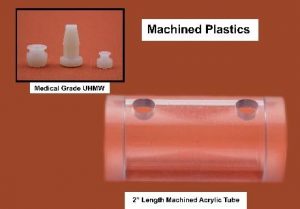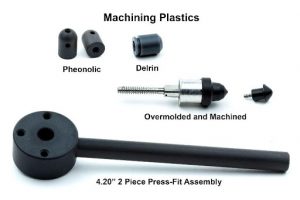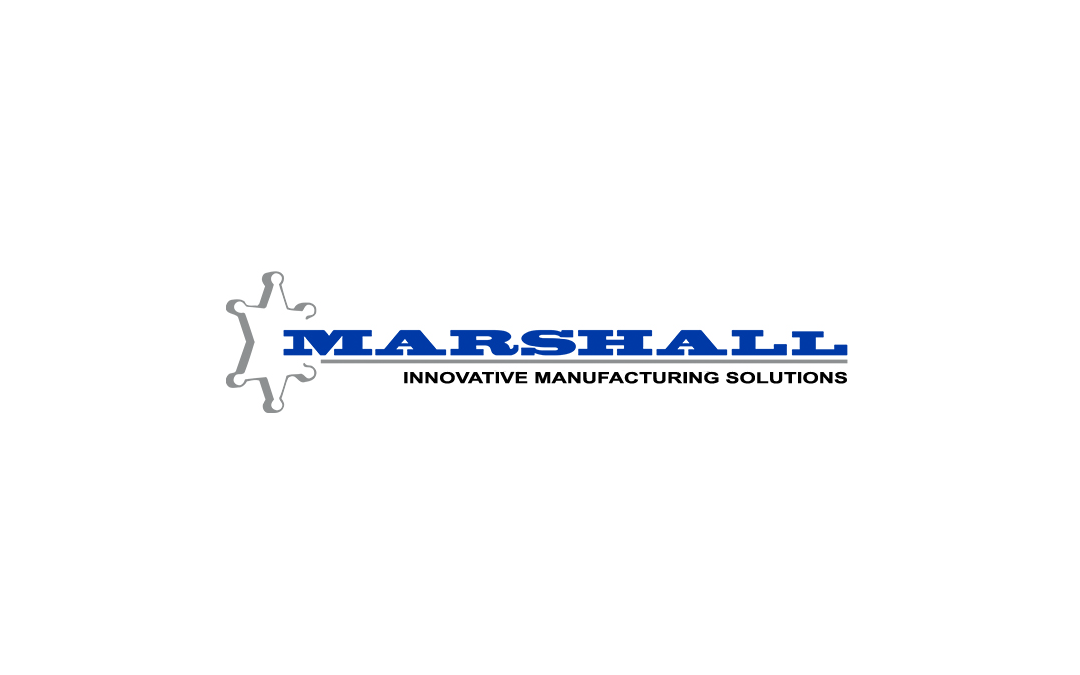50 Years of Plastic Machining Experience
Marshall Manufacturing Company has a long history of machining plastics. It began in the early 1970’s, when the owner was approached by a then “new technology company” seeking prototype filtration components. This product was envisioned for the commercial liquid filtration industry.
At the time, our customer was imagining a long extruded plastic tube, to which sheets of fibrous filter media would be attached, then rolled in multiple layers. The tubes would require machining on both ends of the parts, and several rows of holes through the tubing wall. After years of testing and prototyping, Marshall assisted their customer in the development of a viable and successful product.
To this day, we machine components for several filtration companies, utilizing a multitude of plastic materials in a variety of diameters and lengths. In recent years, Marshall has automated several manufacturing cells with robots and mechanized systems, manufacturing over a million tubes annually.
Plastic Materials
By the mid-to-late 1970’s Marshall gained confidence with the machining of plastic tubes for the filtration industry. As our customers’ needs for precision plastic components grew, we began to expand our repertoire from tubing to include solid plastic rod stock. Experience machining our day-to-day materials of PVC, CPVC, Noryl, ABS and Polysulfone soon expanded to include polypropylene, polyester, polycarbonate, PEEK, UHMW, Delrin, Teflon, Nylon and Acrylic to name a few. Marshall also has experience with glass-filled plastics and phenolics.
CNC Turning & Swiss Machining Plastics

Just as the components we machine for our customers from metal, plastic material can be machined in CNC turning centers or CNC Swiss machines also. Although when it comes to machining plastic, it doesn’t have the same machining characteristics as metal. Looking more closely, many types of plastic have unique machining attributes when compared to other plastics. These machining variations go beyond the differences of rigid plastics and flexible plastics. Cutting speeds, depth of cut, material melting points and tool rake angles are just of few items to be considered when machining plastic.

Why Machine a Plastic Part When It Can Be Molded?
In many cases plastic components can be molded, however there may be many good reasons for machining.
Small to moderate quantities
Low to medium production quantities are often a motive for machining a plastic part in place of molding. Depending upon the complexity of a plastic component, the cost of a mold can range from several thousands of dollars to as much as $250,000. Often when a customer has low to medium quantity needs, machining may be less expensive than molding, because the expense of the mold amortized over a smaller number of parts may prove to be cost prohibitive.
Very Close Tolerances
One of our customers had a need to hold very tight tolerances on a plastic part. The part feature tolerances couldn’t be held in the molding process. These tolerances could however be held in the CNC Swiss machine.
A Parting Line
A “parting line” may be another cause for choosing to machine a plastic component. Often when designing a mold, a parting line appears on the molded plastic part where the A-Side of the mold matches up with the B-Side of the mold. There are some occasions where that surface of a molded part must be free of blemishes, and in some cases a parting line renders the plastic part as nonfunctional. This would be another reason to machine a plastic part rather than mold it.
Draft Allowance
In the molding process, the term “draft” is used to describe the necessary taper build into the mold so the part can be ejected from the mold. In most cases, without draft, the part would either not release from the mold or be damaged during the ejection process. This may be an additional reason that a part would require machining rather than molding. Some components may need to be cylindrical and would not function when designed with a taper.

